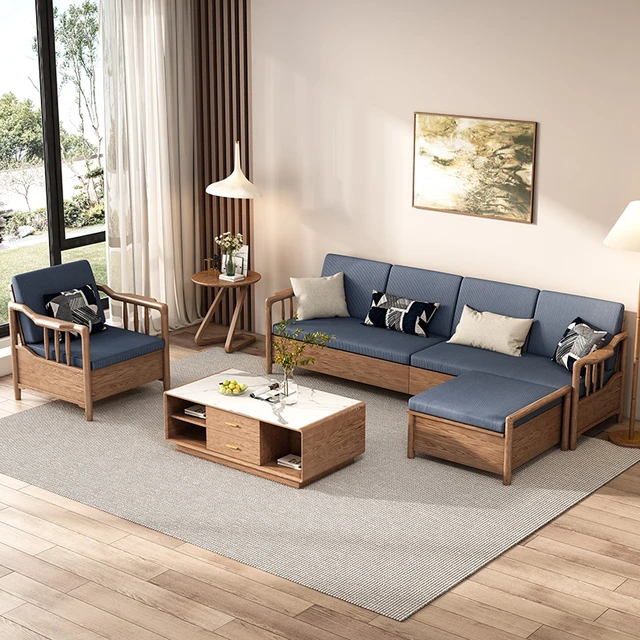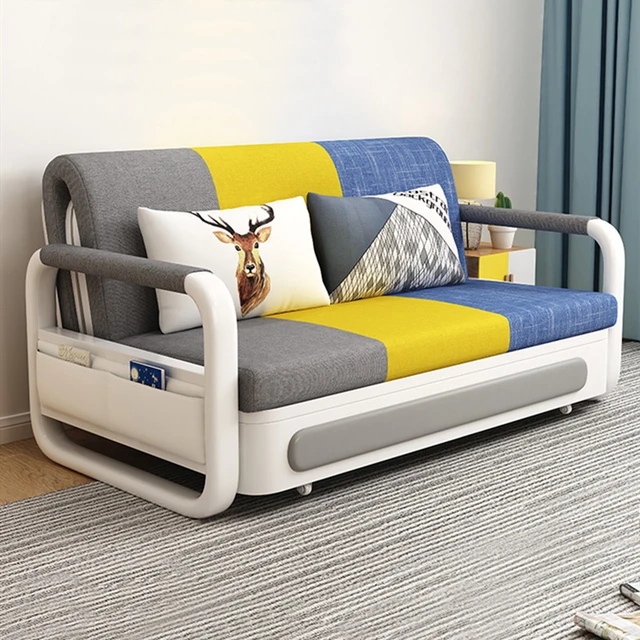 Introduction:
Introduction:
Building a sofa from scratch is a rewarding and fulfilling project that allows you to create a customized piece of furniture tailored to your preferences and style. While it may seem like a complex endeavor, with the right guidance and tools, you can successfully construct a sofa that is both functional and aesthetically pleasing. In this comprehensive guide, we will explore the step-by-step process of building a sofa, from designing and planning to selecting materials, constructing the frame, and adding upholstery. By following these instructions, you can confidently embark on the journey of building your own sofa and enjoy the satisfaction of using a piece of furniture that you crafted yourself.
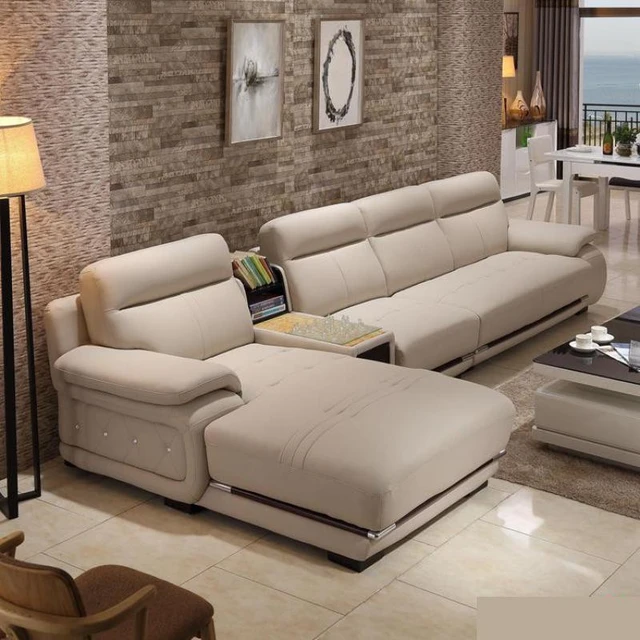 Some of the popular sofa styles:
Some of the popular sofa styles:
On the market, there are several popular sofa styles that are currently trending. Here are some of the popular sofa styles:
Mid-Century Modern:
This style is inspired by the design trends of the mid-20th century, featuring clean lines, organic curves, and often incorporating features like tapered legs and tufted upholstery.
Chesterfield:
A classic and timeless design known for its deep button tufting, rolled arms, and luxurious leather upholstery, the Chesterfield sofa adds an elegant and traditional touch to any space.
Sectional:
Sectional sofas have gained popularity due to their versatility and ability to create a spacious seating area. They often feature multiple sections that can be rearranged to fit various room layouts.
Contemporary:
Contemporary sofas represent current design trends and are characterized by clean lines, minimalistic aesthetics, and a focus on comfort and functionality. They often feature neutral colors and streamlined silhouettes.
Rooted in simplicity and functionality, Scandinavian sofas showcase clean and modern designs, often using natural materials, such as light-colored woods and soft, neutral fabrics. They focus on creating a cozy and inviting atmosphere.
Modular:
Modular sofas are composed of individual pieces that can be rearranged to create different configurations according to personal preference and spatial needs. They offer flexibility and adaptability, ideal for changing living environments.
Tufted:
Tufted sofas feature buttons or stitching that creates a pattern of tufts on the surface, adding texture and a touch of elegance. They can be found in various styles, from traditional to contemporary.
Nautical or Coastal:
Nautical-style sofas often feature relaxed, coastal-inspired designs with light-colored upholstery, stripe patterns, and natural materials like rattan or wicker accents, evoking a breezy and relaxed coastal atmosphere.
These are just a few examples of the popular sofa styles currently in the market. It’s important to explore different styles, consider your personal preferences, and choose a sofa that fits your taste, comfort needs, and complements your overall interior design.
Design and Planning
Determine the Sofa Style:
Choose a sofa style that fits your aesthetic preferences and complements your living space.
Consider the overall design, such as traditional, modern, contemporary, or minimalist.
Sketch the Design:
Create a detailed sketch of the sofa, indicating the dimensions, shape, and any specific features you want to incorporate.
Pay attention to the scale and proportion to ensure a harmonious look.
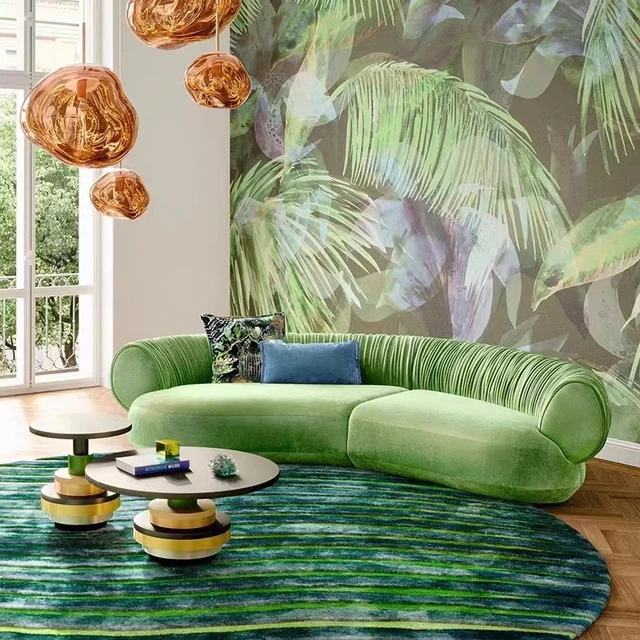 Gathering Materials and Tools
Gathering Materials and Tools
Frame Materials:
Select the frame materials based on your desired level of durability and aesthetics.
Common choices include hardwood or plywood for the frame, and pine or oak for the supports.
Cushion Materials:
Decide on the type and density of foam for the seat and back cushions based on your desired level of comfort.
Choose an appropriate upholstery fabric based on durability and appearance.
Tools:
Gather essential tools such as a saw, drill, hammer, screws, nails, measuring tape, and sandpaper.
Depending on your design, you may also need upholstery tools, such as a staple gun, sewing machine, and upholstery needles.
Constructing the Sofa Frame
Cutting and Shaping the Frame Components:
Use a saw to cut the frame components according to your design measurements.
Follow the sketch and make precise cuts to ensure accurate assembly.
Joining the Frame:
Assemble the frame using screws, nails, or joinery techniques, depending on your skill level and desired strength.
Reinforce critical areas, such as corners and joints, to ensure stability and longevity.
Adding Upholstery
Preparing and Measuring Upholstery Fabric:
Measure and cut the upholstery fabric, leaving adequate allowance for seams and wrapping.
Ensure the fabric is properly aligned and centered before attaching it to the frame.
Attaching the Fabric to the Frame:
Use a staple gun or upholstery tacks to secure the fabric to the frame.
Start from one side and work your way around, pulling the fabric tight to create a smooth and neat appearance.
Sewing Cushion Covers:
Measure and cut fabric for the cushion covers according to the dimensions of the foam inserts.
Sew the fabric together, leaving an opening for inserting the foam.
Attach zippers or Velcro closures, if desired, to facilitate easy removal for cleaning or replacement.
 Finishing Touches
Finishing Touches
Adding Legs or Feet:
Attach legs or feet to the bottom of the sofa frame, ensuring they are sturdy and level.
Choose legs or feet that complement the overall design and provide appropriate height and stability.
Testing and Final Adjustments:
Test the sofa for sturdiness, comfort, and functionality.
Make any necessary adjustments, such as sanding rough edges or adding additional support, to ensure a finished and refined piece.
Maintenance and Care
Regular Maintenance:
Follow manufacturer guidelines for cleaning and maintenance of the upholstery fabric.
Vacuum or brush the fabric regularly to remove dust and debris.
Cushion Fluffing:
Rotate and fluff the cushions periodically to maintain their shape and prevent uneven wear.
Addressing Repairs:
Promptly attend to any repairs required, such as loose or broken frames, worn-out cushions, or damaged fabric.
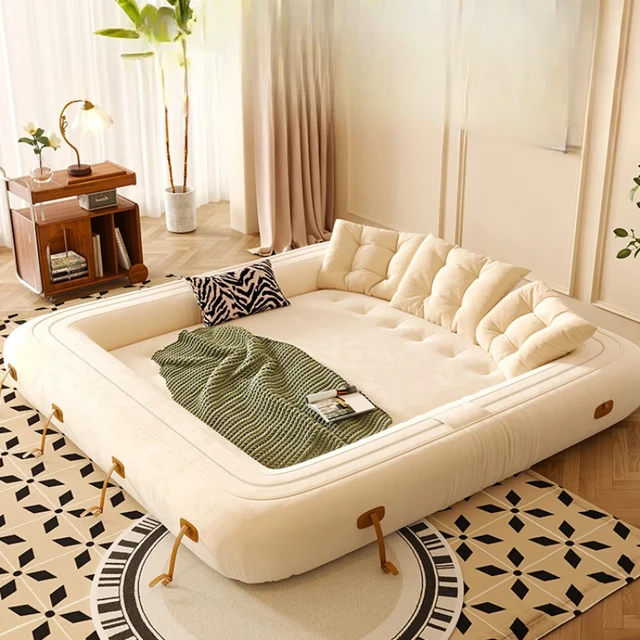 Conclusion:
Conclusion:
Building your own sofa is a truly gratifying project that allows you to showcase your creativity and craftsmanship. By following the step-by-step process outlined in this comprehensive guide, you can confidently take on the task of building your own sofa. Remember to plan and design the sofa, gather the necessary materials and tools, carefully construct the frame, and add upholstery to achieve a functional and aesthetically pleasing result. Take pride in the fact that you created a unique piece of furniture that reflects your style and preferences. Let this guide serve as a valuable resource in your sofa-building journey, stimulating your creativity and giving you the confidence to tackle this fulfilling project.
